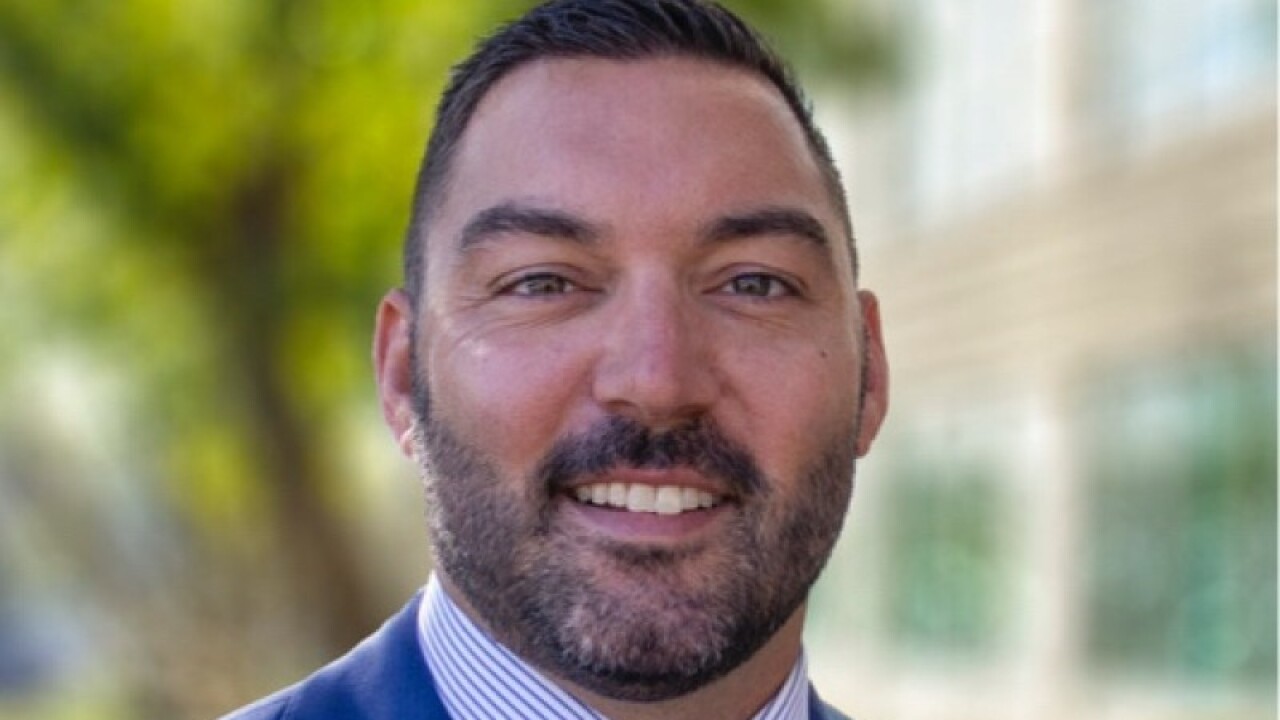As much as clients want to believe life will work out exactly as planned, reality has a way of bursting that bubble. That’s where advisors come in. With advanced planning strategies, planners can protect their clients from life’s uncertainties by building contingencies into financial plans in case of divorce or other unexpected turmoil.
Some advisors, however, are noting a trend that counteracts their best efforts: HNW clients are setting up trusts for their children without implementing mandatory distributions.
While it may sound like a small administrative tweak, the consequences can reverberate throughout the lifespan of the clients’ children. Rather than the offspring receiving a preset amount at, say, age 25, the trustee has sole discretion on distributions.
The lack of mandatory distributions means the payouts are not subject to creditors, ex-spouses and more, says advisor Stephanie Sandle of MAI Capital Managment in Cleveland.
“This is kind of a way for parents to do some prenuptial planning for their children because if they divorce, then the divorced spouse cannot access anything in this trust,” Sandle says.
About 40% to 50% of marriages in the U.S. end in divorce, according to the American Psychological Association.
“Divorce has become commonplace, so it makes prudent sense that wealthy and even middle class families put measures in place to protect family assets,” says advisor Amy Hubble of Radix Financial in Oklahoma City.

Sandle notes that her shop is presenting this strategy to all of their clients and making sure they are aware of the risks of discretionary distributions. “It’s a good way to keep money in the family.”
Sandle isn’t the only advisor taking this approach. Planner Eric Dostal, of Sontag Advisory in New York, says he is a fan of this tactic.
“I completely agree with the safety that non-required distributions can bring,” Dostal says.
“There are many ways to structure a trust to give the beneficiary all of the benefit but none of the problems that come with trust administration.”
One example would be that a trustee doesn’t have to be mandated by the trust document to distribute assets in order for the assets to be distributed, Dostal notes.
“Normally, to provide maximum creditor protection, a trustee is granted total and absolute discretion to make distributions of principal and interest to a beneficiary,” he says. “This means that a beneficiary can typically just ask a trustee to make a distribution if needed and more likely than not, it can and will be made.”
“It’s an extra step but not an onerous one,” Dostal says.
Boomer clients tend to gravitate more towards this overall trend, according to advisors Laura Nickolay and David Bize. Nickolay is a planner with White Oaks Wealth Advisors with in Minneapolis and Bize is with First Allied in Oklahoma City.
In their separate practices, both advisors have noticed that boomer clients are looking to protect the family wealth, but also potentially protect their children from themselves. Boomers say they are not seeing the same work ethic or financial savvy in their millennial children that they had, Bize says.
-
Much of the latest guidance about setting up trusts is overly simplistic and can do a disservice to clients.
July 5 -
Addressing the subject of mortality can be tough — but advisors can help make the conversation less painful.
April 12 -
Children are immature with money, so one advisor factors that into his approach by doling out the wealth in phases.
July 18
“Their children are ages 25 to 35, usually married or soon-to-be married, and while they generally love the spouses, they are very realistic about divorce and protecting the assets their children may inherit,” Nickolay says. “We've also noticed distributions are being delayed until later ages — 40, 45, 50, etc. — instead of half at 25 and the rest at age 30. We are educating our clients' children more on keeping inherited assets separated from joint accounts with spouses as well.”
But there is more to this than just locking up the assets and hiding the key with a beneficiary. There is also a human element to setting up these kinds of funds, says Dan Prebish, director of life events at Wells Fargo.
He notes that clients need to ask themselves how they want to be perceived in this situation. If clients don’t explain to their child why the fund was set up this way, he says, it could be taken as a lack of trust on the parents’ part.
To be sure, a major question in this process is how a family will manage a trustee who’s acting unreasonably. Indeed, this entire process makes it seem as though the family is putting a lot of power into the hands of one person.
Contingencies for this possibility exist, however. Often there will be procedures for a trustee’s removal embedded in the trust agreement, Sandel says. If there is nothing written into the agreement, the beneficiary would need to petition the courts.
And in that case, the beneficiary would need to offer proof for the reason the trustee is being removed, such as mismanagement of assets, not complying with trust terms or self-dealing.
“If a trust is in the creation stage, the procedures should be reviewed with the estate attorney drafting the documents as state laws vary,” she notes. “If the trust is already in existence and a beneficiary is unhappy with trustee actions, the first step is to review the agreement to determine the parameters for removal and the necessary steps.”





